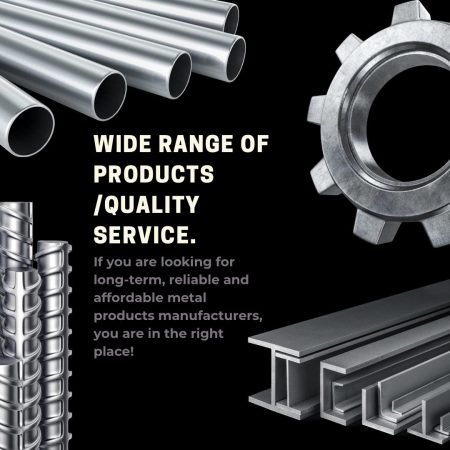حل شامل لمنتجات الصلب!
مرحبًا بكم! İlk İhracat A.Ş. هي شركة تصدير مشتركة لبعض مصنعي الصناعات المعدنية التركية. من خلال مجموعة واسعة من المنتجات والخدمات والحرفية العالية المستوى، نقدم لك الراحة في تلبية جميع احتياجاتك من المنتجات والخدمات المعدنية في مكان واحد.
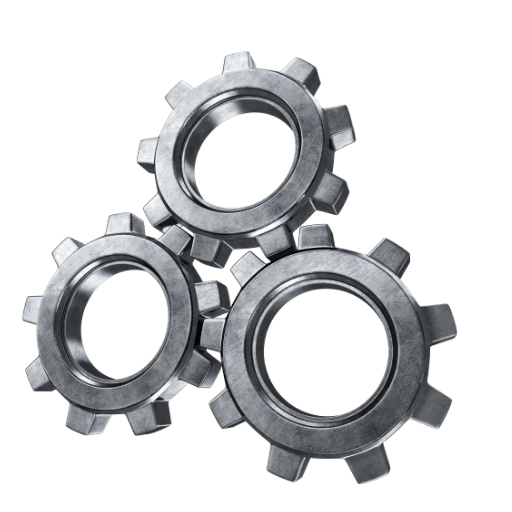
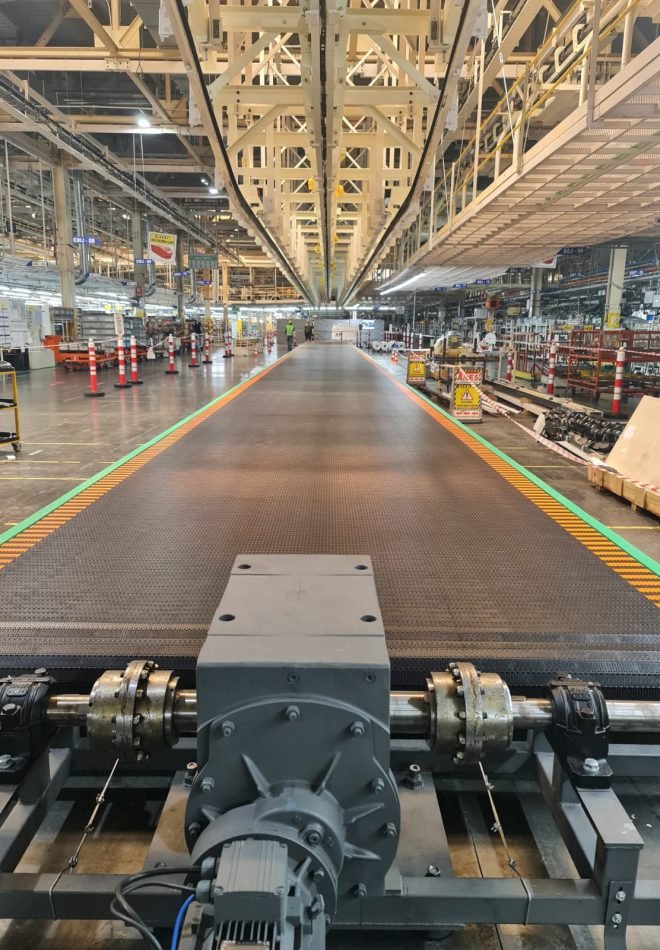
مجموعة واسعة من المنتجات والخدمات
في قطاع المعادن، يمكن العثور على كل نوع من المواد والخدمات والمنتجات التي تحتاجها تقريبًا ضمن مجموعة منتجات Steeling.net.
قوة شركائنا
لقد جمعنا بين شركات مختارة وديناميكية من صناعة المعادن التركية.
ما الذي نفعله؟
نبذة عنا
يقوم موقع
Steeling.Net بأنشطة تصدير الشركاء في صناعة المعادن التركية. شركاؤنا المصنعون هم شركات متخصصة في معالجة الصفائح والصلب ولديهم مجموعة واسعة من المنتجات.
المواد (الصفائح المعدنية والصلب والألومنيوم والمعادن الأخرى)، والخدمات (القطع، والثني، والتشغيل الآلي، والقولبة، والصبّ، والنماذج الأولية، والهندسة، والقطع حسب الحجم، وما إلى ذلك)، والمنتجات (الأنابيب، والمقاطع الجانبية، وأنظمة الأرفف، وأنظمة الرفوف، وأنظمة النقل، والوصلات الهيكلية، والحوامل، والماكينات وقطع الغيار، ومعدات السيارات، والمثبتات، والأثاث، وما إلى ذلك) تتوسع خدماتنا يومًا بعد يوم. اقرأ المزيد
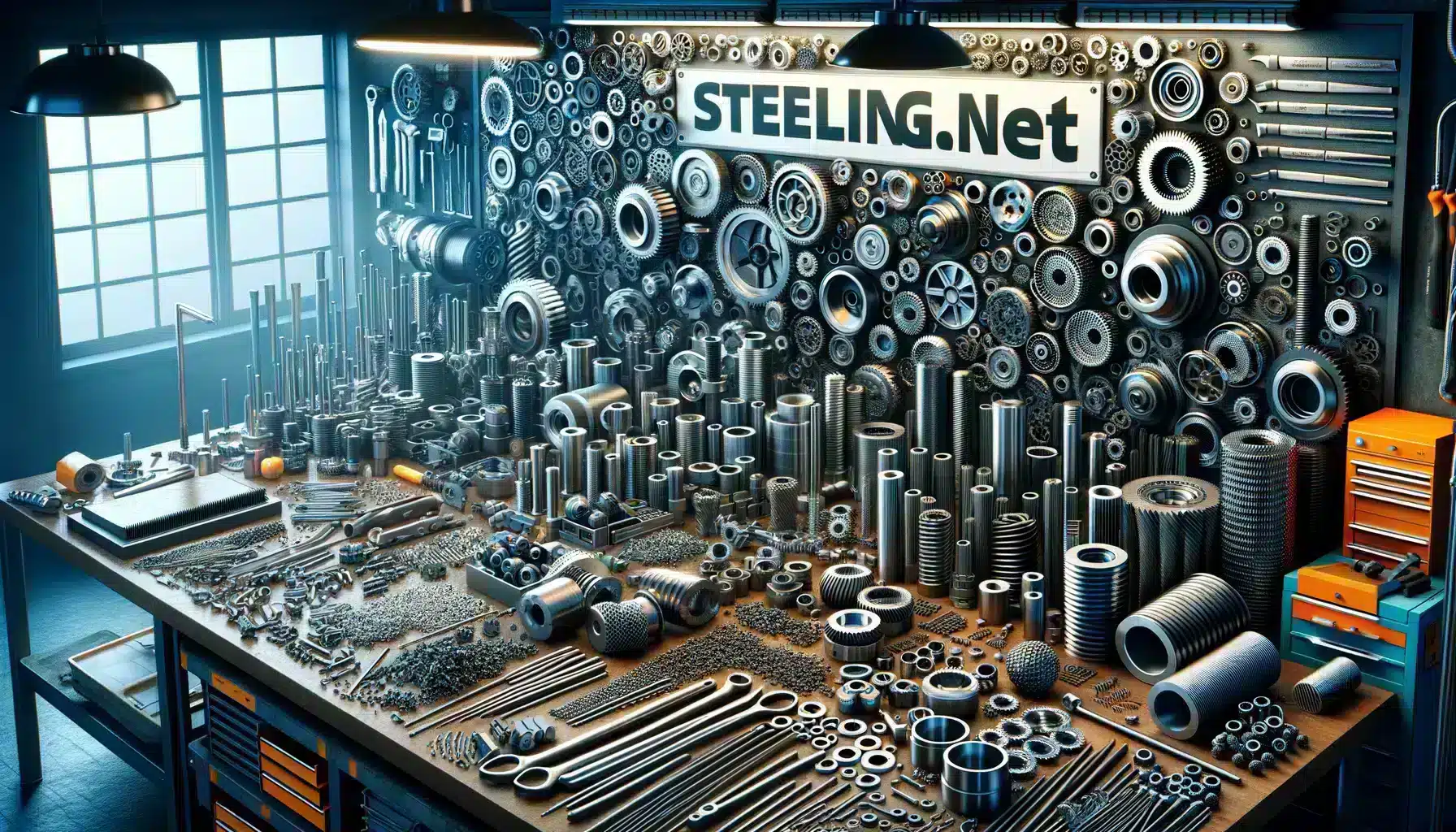
مهمتنا:
مهمتنا هي إنتاج منتجات عالية الجودة مع احترام البيئة ومراعاة الاحتياجات المجتمعية وتلبية توقعات أصحاب المصلحة لدينا. نحن نعمل بما يتماشى مع مبادئ المسؤولية الاجتماعية للشركات، مع الأخذ في الاعتبار إضافة قيمة لموظفينا والمجتمع والبيئة كمبدأ أساسي لدينا.
.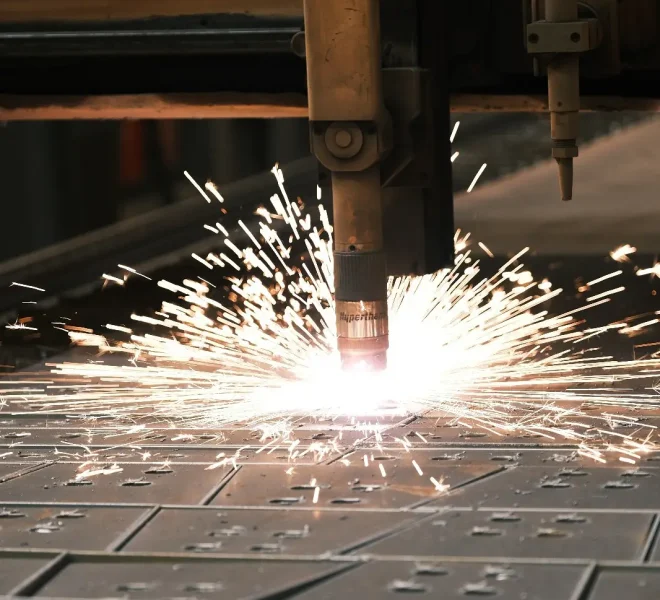

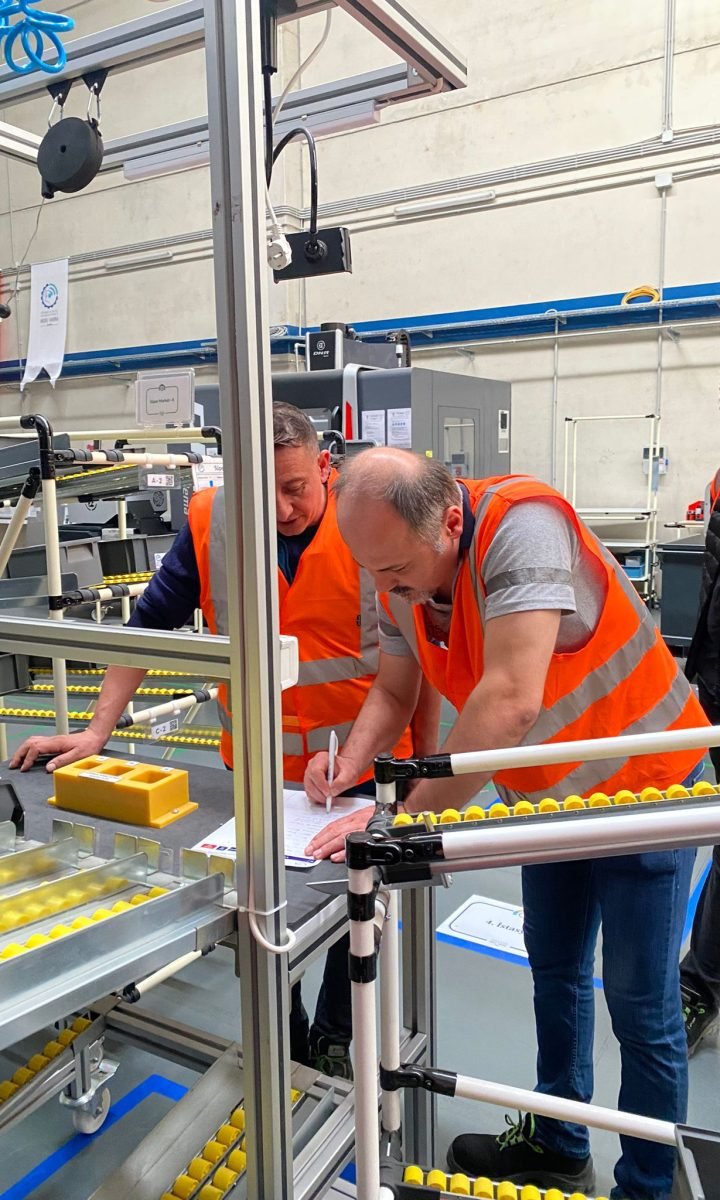
لماذا الفولاذ؟
- نوفر فرصًا للعمل مع مصنعي ومعالجات المعادن التركية عالية الجودة.
- نقدم مجموعة واسعة من المنتجات والخدمات المعدنية تحت سقف واحد.
- أنت تعمل بشكل موثوق مع معالجات المعادن المحلية دون دفع عمولات.
- تشتري المنتجات مباشرةً من المصنعين متجاوزاً الوسطاء.
- نحن نساعدك في العثور على الشركة المصنعة التي تحتاجها دون عناء.
- نحن نتابع عمليات شراء المعادن على المدى الطويل.
- نحن نساعدك في اتخاذ إجراءات سريعة لتلبية احتياجاتك من المنتجات الجديدة والمتنوعة.
- لديك دائماً من يساعدك في البلد الذي يتم فيه الإنتاج.
- وأخيرًا وليس آخرًا، الوصول إلى المصنعين عن طريق الصلب مجاني تمامًا! لأننا شركة التصدير الشريكة لمنتجي المعادن التركية.
احصل على عرض أسعارالآن! أرسل متطلباتك عبر البريد الإلكتروني إلى info@steeling.net وافتح الأبواب أمام صناعة المعادن التركية.






